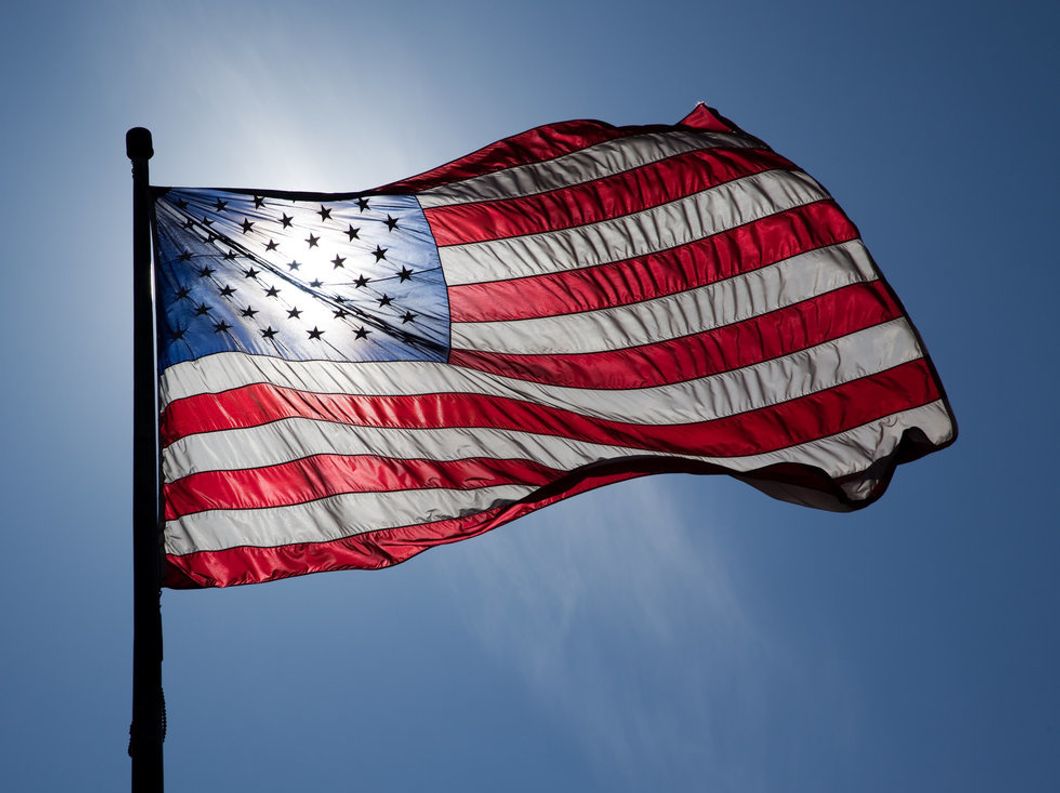Before Donald Trump promoted the construction of a physical barrier between the United States and Mexico, and before the United States closed its doors to Syrian refugees, Congress passed a landmark act in 1882 that would become the only law in the United States to specifically prohibit a certain ethnic group from entering the country and becoming citizens.
The Chinese Exclusion Act of 1882 marked an era of "Yellow Peril" and anti-Chinese sentiments, limiting Chinese immigrants' early access to achieving the American Dream.
In an unexpected turn of events, the Chinese are presently being praised as being the epitome of an exemplary minority group comprised of high achieving individuals that demonstrate a shining pillar of success in America, especially in higher education and overcoming racism. Despite the increasing accessibility of the American Dream for Chinese immigrants in the 21st Century compared to the 19th Century, obstacles preventing the full realization of the Dream for this group have evolved from racially obstructive nativist legislation to self-imposed factors that blemish the genuine appeal and attainability of economic prosperity and social acceptance in the United States.
For Chinese immigrants, the American Dream is viewed as being educational opportunities, economic advancement, as well as cultural acceptance and equality. Due to historical racial bias against Chinese immigrants, equitable treatment and protection against discriminatory actions are of utmost importance to this minority group. After the passage of the Chinese Exclusion Act, Chinese immigrants faced adversity in finding jobs outside of white competition and scrutiny. It was only up until 1965 that all immigration quotas were lifted on Chinese immigrants through the Immigration and Nationality Act, limiting the number of people in this group that the Dream was even available for. Nowadays, the most influential pull factor that draws Chinese immigrants to America is educational opportunities for their children. In 2012, more than nine million high school students in China competed for a minuscule seven million spots at universities.
The American Dream for Chinese immigrants has historically been wrought with racial barriers. During the Gold Rush in the mid-1800s, Chinese miners did not enjoy the same privileges as white miners. California legislature enforced a tax on their earnings while their white counterparts were exempt, and white miners forced the Chinese out of mining claims with the most profitable returns. After the Gold Rush and the construction of the Transcontinental Railroad, the term "a Chinaman's chance" emerged to describe the harsh tribulations endured by Chinese immigrants.
Brought about due to the rise of the Chinese laundry business, this phrase emphasized the unlikelihood of Chinese immigrants achieving success in America. Chinese workers took up the laundry business as a result of economic isolation, and despite their modest success in this self-sufficient business sector, the Chinese still faced condemnation for their minute triumph. Regardless of the challenges they faced, Chinese immigrants persevered through hardship to form their semblance of the American Dream.
As the years progressed, the endurance of Chinese immigrants transformed "a Chinaman's chance" into a positive stereotype of the Chinese being a "model minority", but the new perspective is not without negative implications. There is a prevalent misconception that Chinese immigrants in America wield greater privilege than other minority group and are therefore now exempt from acts of racial injustice. However, this is simply not the case. In February of 2017, the door tags of Chinese students at Columbia University were torn off; they had displayed the students' Chinese names.
Nearly one hundred and fifty years ago, on October 24, 1871, the Los Angeles Chinatown was violently attacked in an act of anti-Chinese sentiment. Nineteen of the residents were lynched, six more were killed in gunfire, and others were hung for no crime other than their country of origin. Significant improvements have undeniably been made in the treatment of the Chinese in America, but the American Dream continues to be marred with racial injustice, as discrimination in any form still contains the bitter taste of injustice.
Furthermore, Chinese attitudes towards racism favor pacifism and some Chinese immigrants find pride in Chinese assimilation and their model minority status.
Chinese immigrants conquered the immense challenges and racial barriers enforced during their early migration and altered public perception of one of the previously most scorned minorities, which highlights the determination of an ethnic group driven to achieve success in America. The evolution of the American Dream for Chinese immigrants has led it to deceivingly appear as being more attainable and alive for certain individuals, but the ever-present racial tensions that tarnish the Dream are still present underneath its gilded surface for the new model minority.
The modern American Dream for Chinese immigrants is one that is alive for those who wish to undergo the necessary sacrifices of obtaining it, but the future implications for immigrants have fewer concerns about whether the Dream is dead or alive – rather, it pertains to whether the American Dream is even worthwhile to forge into a reality.









































